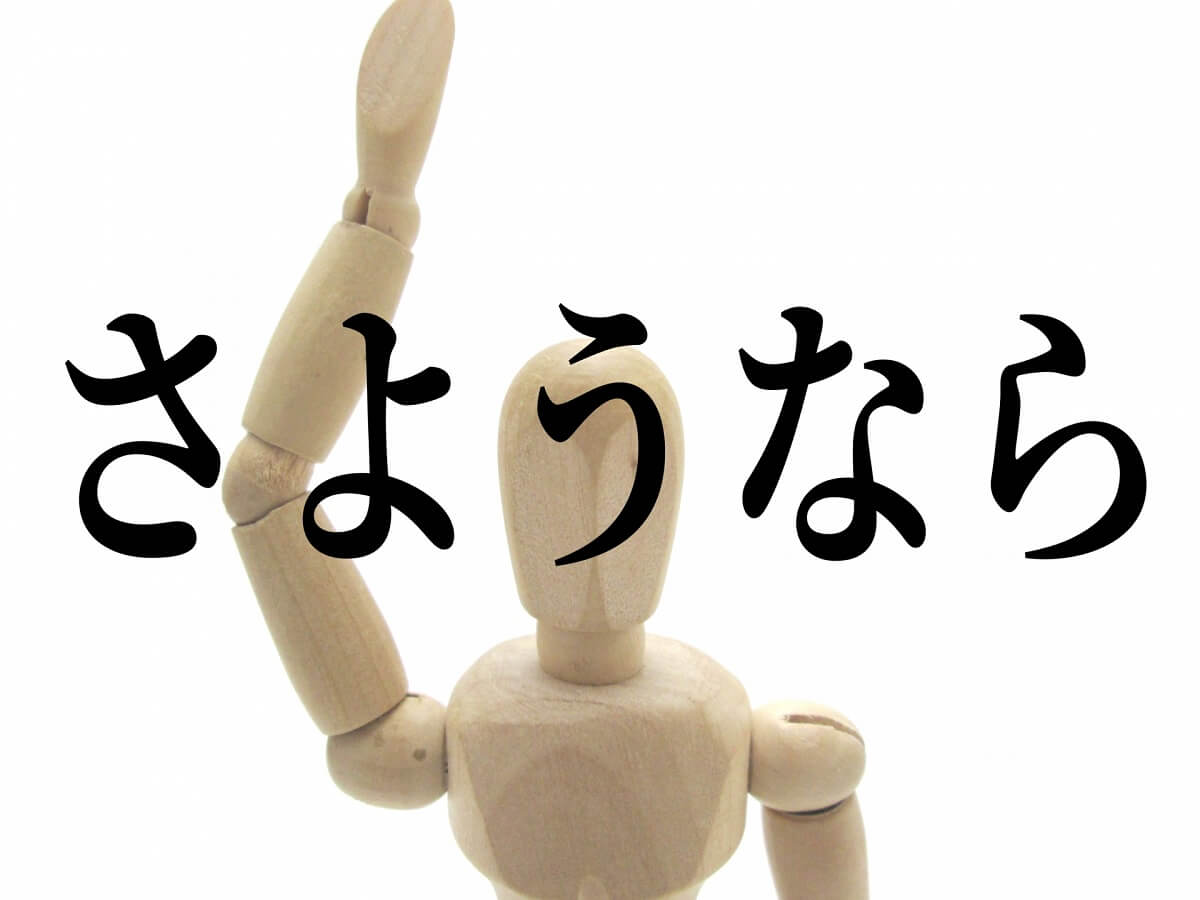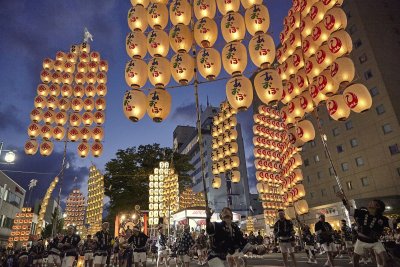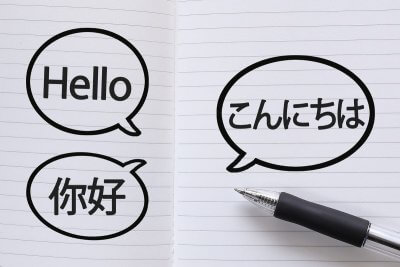Sayonara! That’s usually not a great way to start an article, but this time we are talking about all the different ways to say “goodbye” in Japanese. From formal to casual, and everything in between, Japan offers a myriad of delightful ways to bid adieu. Here are some examples of the many ways to say “goodbye” in Japanese that offer a range of formality and familiarity, allowing you to choose the appropriate phrase for different situations and relationships.
While you’re learning Japanese, you can also check out our guide on 10 different ways to say “Thank You” and “Hello”
Goodbye in Japanese: Sayonara (さようなら)
“Sayonara” is the most well-known way to say goodbye in Japanese. It is also one of the most formal ways. However, it is not used as commonly as you may think. Basically, “sayonara” is said when parting ways for an extended time, or permanently. It may even have a sad feeling. For that reason, people don’t usually say it to each other if they expect to meet again.
Goodbye in Japanese: Mata ne (またね)
“Mata ne” is a casual way to say “goodbye” to friends and acquaintances in Japanese. A more accurate translation of “mata ne” is something more like “see you later” in English. It is used when saying “goodbye” to people whom you are expected to meet again relatively soon. You can even be more specific. For example, “mata ashita” or “mata raishu,” which means “see you tomorrow” or “see you next week” in English.
Goodbye in Japanese: Jaa ne (じゃあね)
“Jaa ne” is another lighthearted variation of “see you later.” Close friends and peers use this simplified version of “Jaa mata ne” to quickly say “goodbye” in Japanese as it effortlessly expresses a friendly farewell. To use it effectively, simply say “jaa ne” with a smile and a wave of the hand, exuding warmth and a sense of camaraderie.
Goodbye in Japanese: Oyasumi nasai (おやすみなさい)
As daylight fades and it is time to say “goodbye” just before bedtime, you can use “oyasumi nasai” in Japanese. Rather than “goodbye,” this Japanese phrase is more accurately translated to “goodnight,” so it isn’t used that commonly at the end of a party, for example. A more casual way is to simply say “oyasumi” (おやすみ) in Japanese.
Goodbye in Japanese: Ittekimasu (いってきます), Itterasshai (いってらっしゃい)
“Ittekimasu” is a phrase that people in Japan use when leaving the room for a short period with the intention to return. It is also said as people leave their house for the day to go to work. “Ittekimasu” translates to something like “I’m off” or “I’m heading out” in English. You can also hear it at the office during lunchtime as workers announce “ohiru ittekimasu” (I’m off to lunch). The Japanese phrase “itterasshai” pairs with “ittekimasu.” It is used as a response to “ittekimasu” and translates to “take care” or “have a safe trip” in English.
Goodbye in Japanese: Osaki ni shitsurei shimasu (お先に失礼します)
Another way to say “goodbye” in Japanese that you will often hear at the office in Japan is “osaki ni shitsurei shimasu,” which means “excuse me for leaving first” in English. As employees leave at the end of the day, they show respect for their other coworkers with this polite phrase, so you don’t really need to use this phrase unless you work in Japan.
Goodbye in Japanese: Otsukaresamadesu (お疲れ様です)
“Otsukaresamadesu” is also used to say goodbye to your coworkers in the office as a response to “osaki ni shitsurei shimasu” at the end of the day. The polite phrase “otsukaresamadesu” means “thank you for your hard work” in an office setting. However, it is also used more casually as a way to say “goodbye” in Japanese. Friends can be heard saying “otsukare” to each other when parting ways.
Goodbye in Japanese: Odaiji ni (お大事に)
“Odaiji ni” is a very situational way to say “goodbye” in Japanese that closely translates to the phrase “get well soon” in English. You’ll often hear it said to patients at hospitals or clinics as they are leaving. However, friends can say it to each other too if one of them is not feeling well. It is a great way to compassionately say “goodbye” and show that you are concerned for your friend’s health.
Goodbye in Japanese: Ogenki de (お元気で)
Another way to send well wishes and say “goodbye” in Japanese is the phrase “ogenki de,” which means “stay healthy” in Japanese. If someone you know is going on a long trip, for example, you may say this as a way to express something like “good luck” or “take care of yourself.” It is a little bit more formal than “mata ne” but not quite as serious or final as “sayonara.”
Goodbye in Japanese: Ki wo tsukete (気をつけて)
Similar to “ogenki de,” the phrase “ki wo tsukete” is a heartfelt way to say “goodbye” in Japanese. It goes beyond a simple goodbye and carries the added meaning of “take care” or “be careful.” You can use this phrase to express concern for someone and remind them to be safe as they venture. It is appropriate in a variety of situations, including right before a long journey or just heading back home late at night.
Related articles:
10 Ways to Say Hello in Japanese
10 Ways to Say Thank You in Japanese
 0
0












